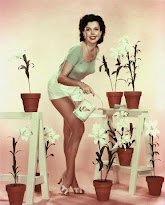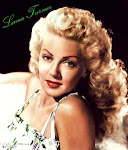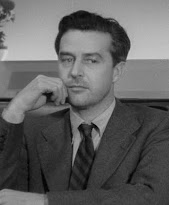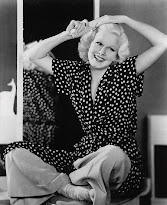 In 1897 a book was published by an Irish author that was not an immediate bestseller. That it should become in the following century. In the 1920s the novel was adapted as a play and became later a longtime hit on broadway. The actor who played the lead should star in the 1931 Universal Studios-adaptation of the play: Bela Lugosi. The author was Bram Stoker and the novel was DRACULA.
In 1897 a book was published by an Irish author that was not an immediate bestseller. That it should become in the following century. In the 1920s the novel was adapted as a play and became later a longtime hit on broadway. The actor who played the lead should star in the 1931 Universal Studios-adaptation of the play: Bela Lugosi. The author was Bram Stoker and the novel was DRACULA.In a nutshell:
Watch out for:
Schmooze:
- The melody played at the opening credits is from Tchaikovsky's "Swan Lake" and was Universal Studio's signature tune for their horror movies as THE MUMMY or the like.
- Though he was the star Bela Lugosi earned only $500/week.
- It exists a memo saying: "Dracula is only to attack women." - apparently there shouldn't be any gay subtext.
- Bela Lugosi and Edward Van Sloan are the only actors out of this picture who appeared also in the original 1927 play on Broadway.
- The hungarian innkeeper is played by Michael Visaroff, who also appears in Tod Browning's FREAKS (1932).
- A spanish version was filmed silmutaniously (same time, same set, different actors.)
- You can see the set (Carfax Abbey & Dracula's castle) in other Universal movies.
- It is said, that Bela Lugosi doesn't blink once in this film - I have not checked that yet..
- Dracula never shows fangs in this film.
- Bette Davis was supposed to play Mina but producer Carl Laemmle, jr. wasn't positive about her sex appeal.
- Helen Chandler and Frances Dade were good friends.
- Conrad Veidt, Paul Muni and Lon Chaney (who died before this film was realised) were considered to play Dracula.
- In Dracula's castle you can see some opossums - there are no opossums in mid/east europe. That applies too for other animals like the armadillo.
- Dwight Frye and Bela Lugosi appeared together with Frederic March in a broadway comedy play THE DEVIL AND THE CHEESE in 1926. Neither Lugosi nor Frye should play many comedies on screen after DRACULA.
- Geraldine Dvorak, who plays one of Dracula's wifes was Greta Garbo's stand-in.

- The first lines in this movie are spoken by Carla Laemmle - Carl Laemmle's niece - she plays a young tourist, who drives in the carriage together with Renfield and other people.
Sight-read:
- You can hear Franz Schubert's "Unfinished Symphony" and the prelude to Richard Wagner's "Die Meistersinger von Nürnberg".
Murphy's Law:
- Renfields briefcase appears magically on the table whilst it was seconds before in Draculas hands.
- Dr. Seward's asylum is considered to be near London and in Whitby - must be a really colossal estate for Whitby is on the Yorkshire coast in nothern England..
My favourite feature:
Dracula's castle.
Favourite character:
Renfield - I am a fan of Dwight Frye..
Scene to see:
Renfield arrives and Dracula welcomes him to his castle.Quotes corner:


















































_03.jpg)












































































